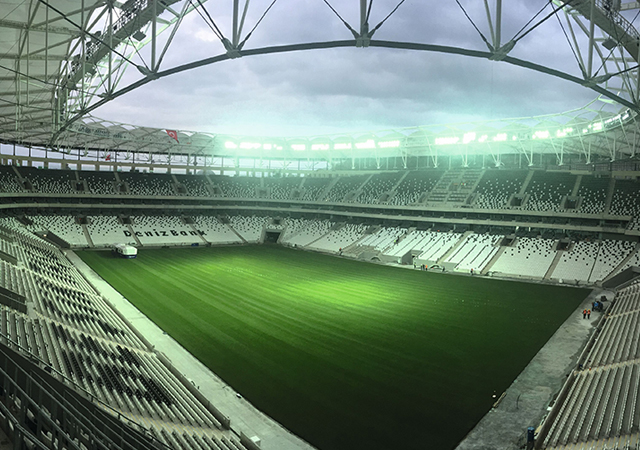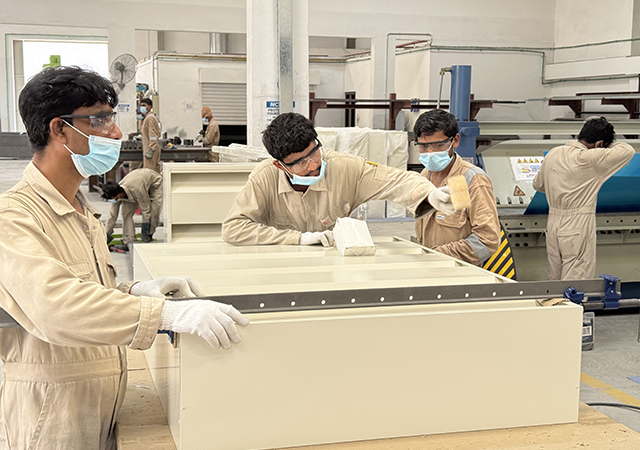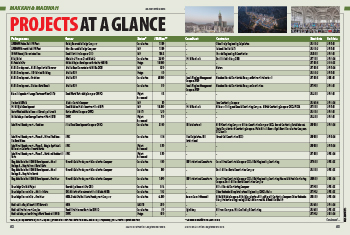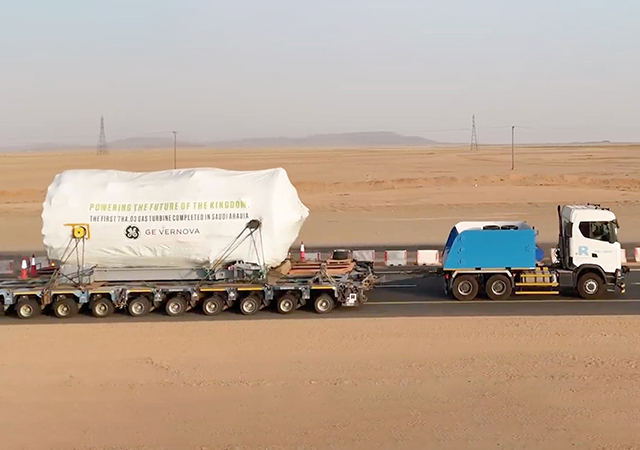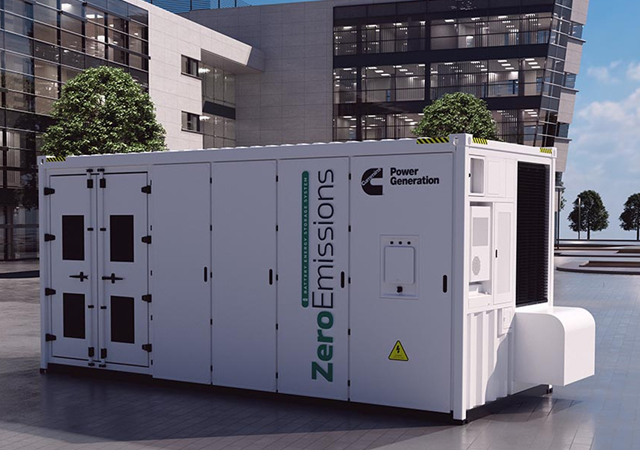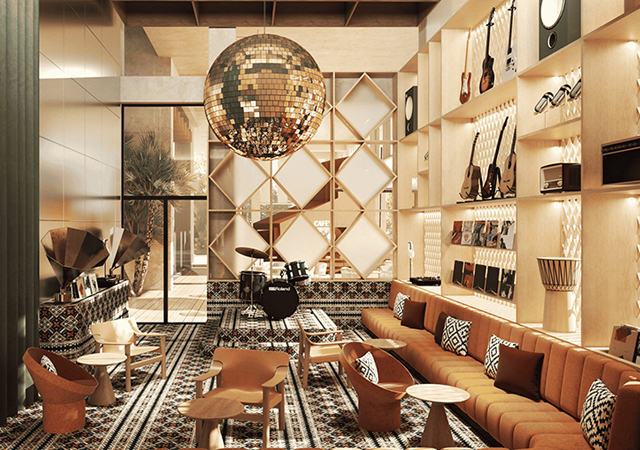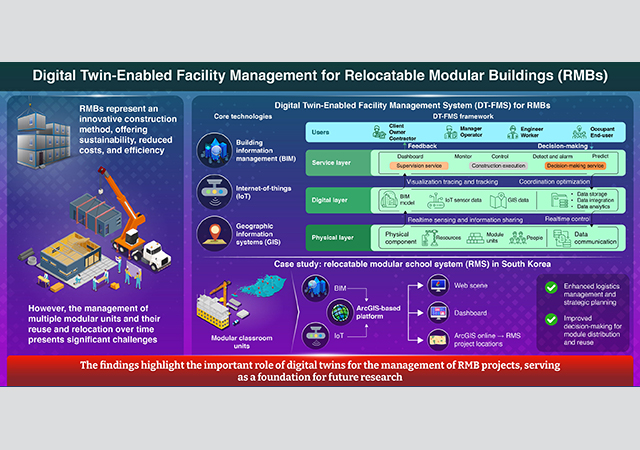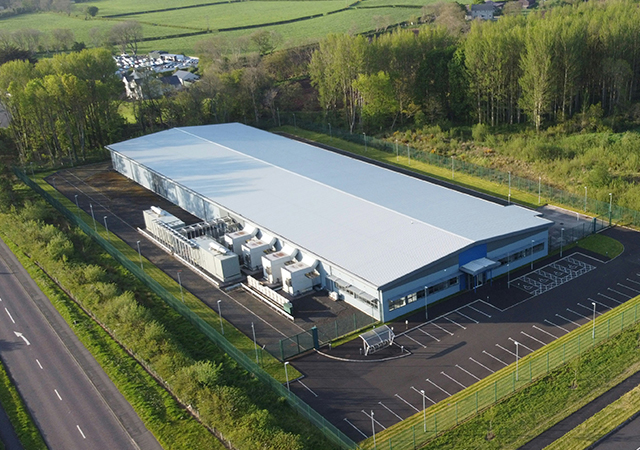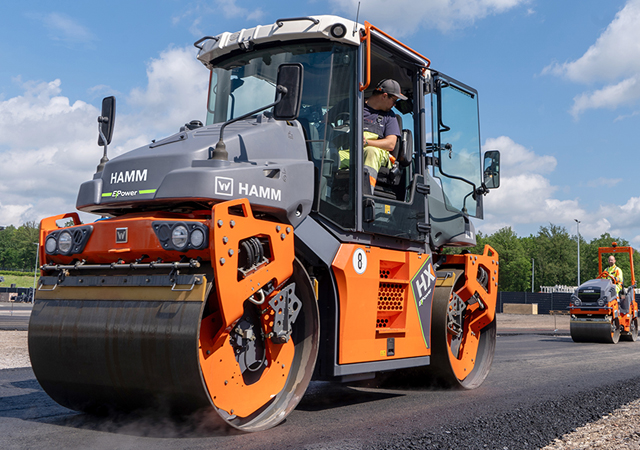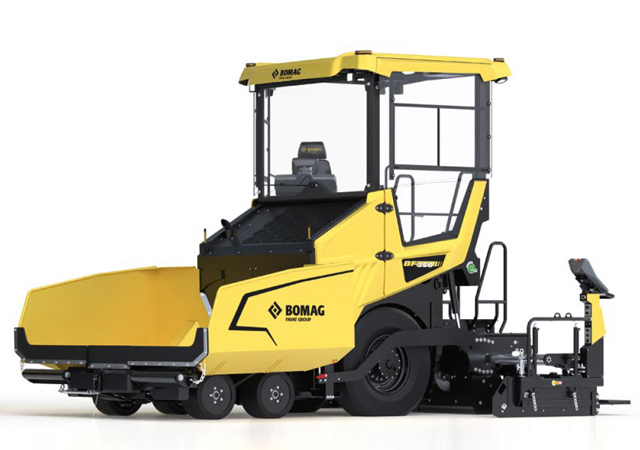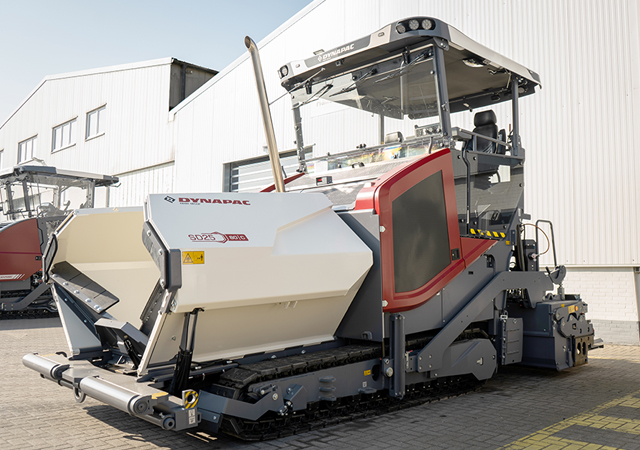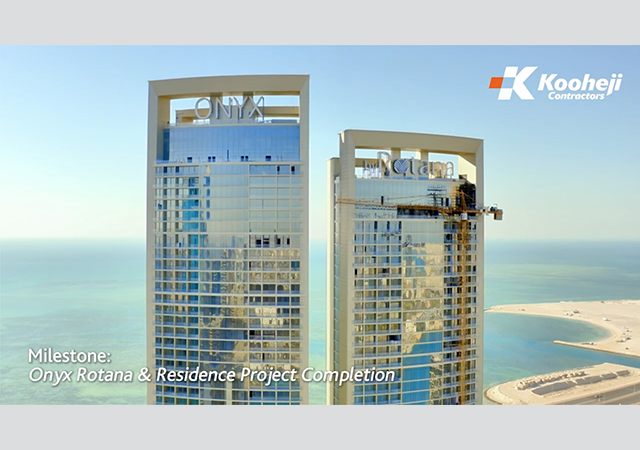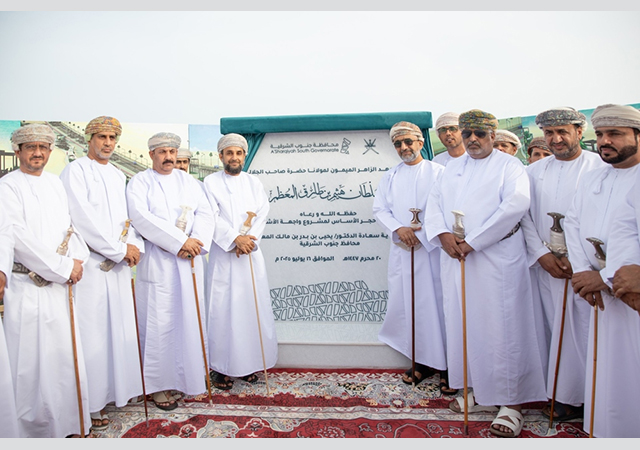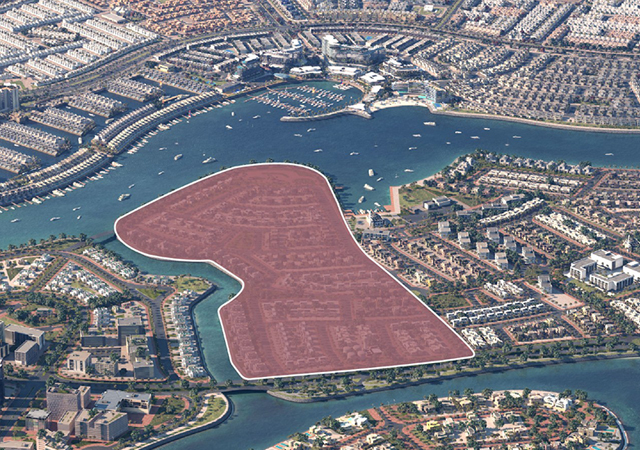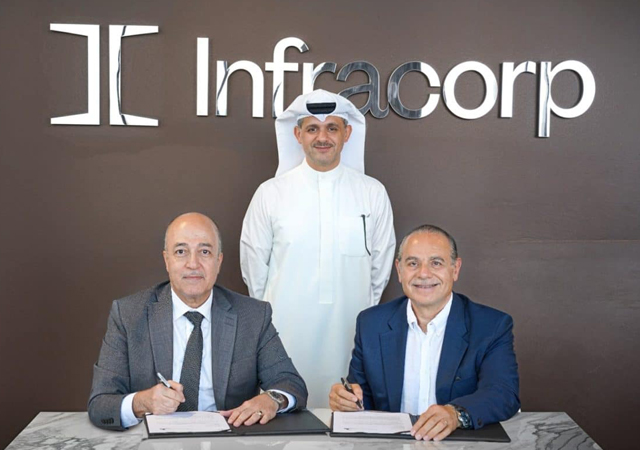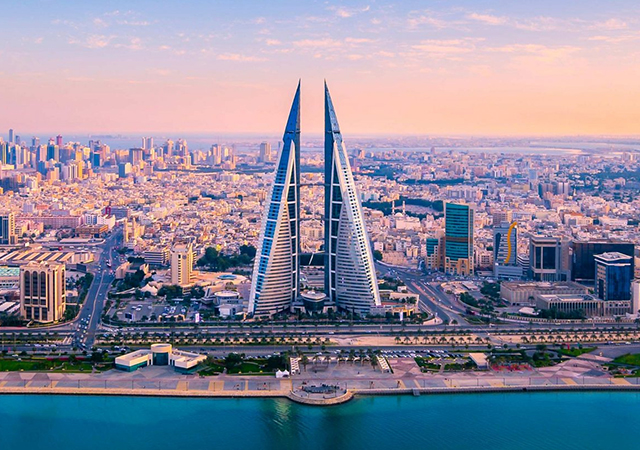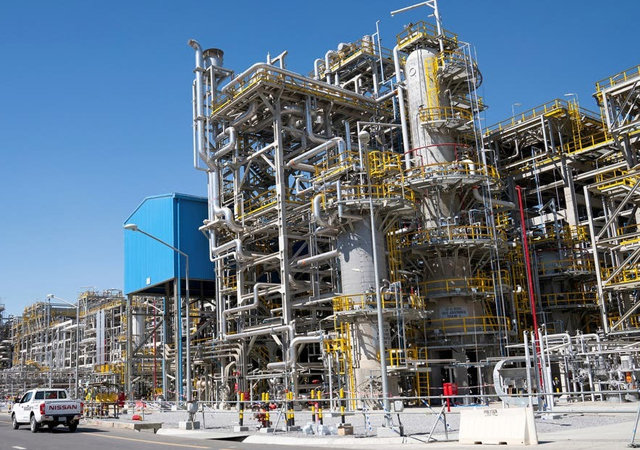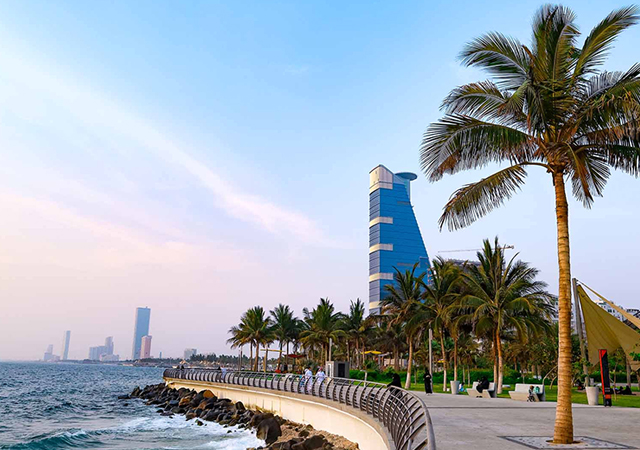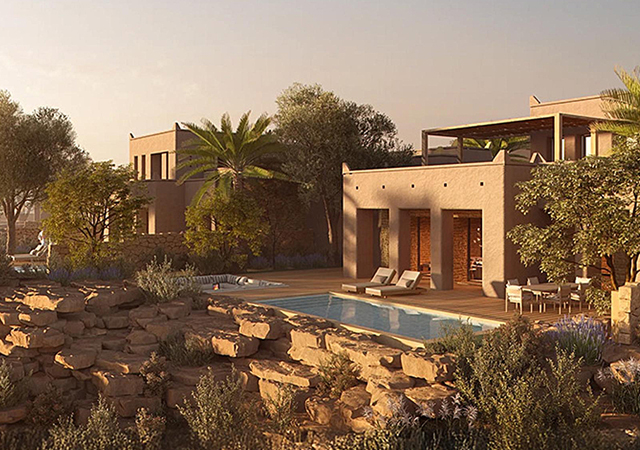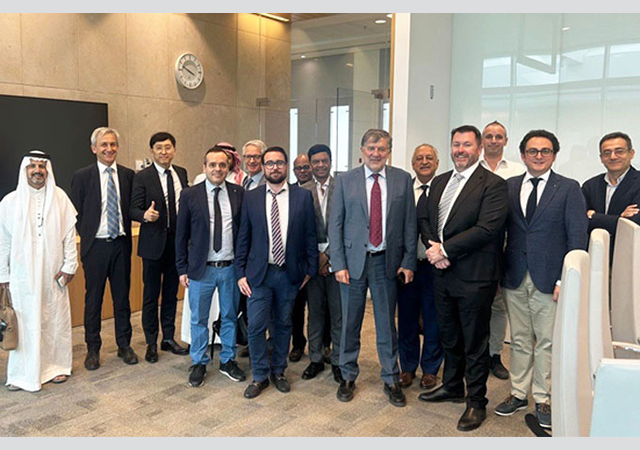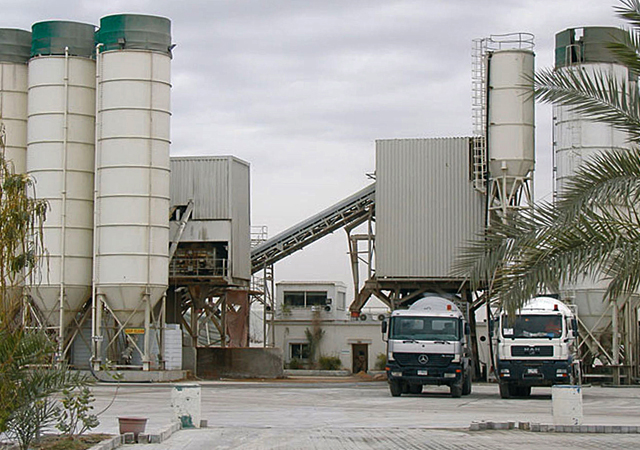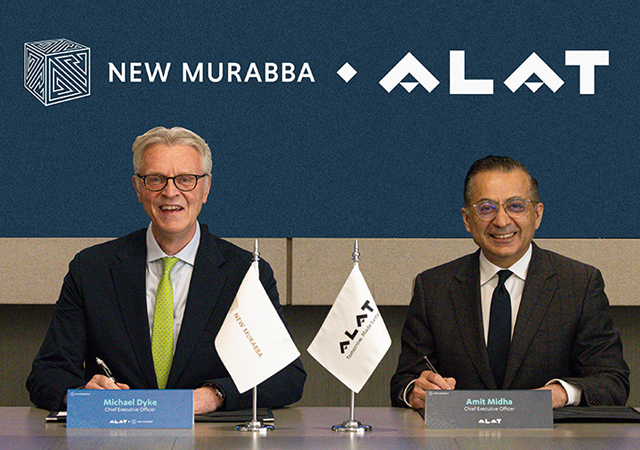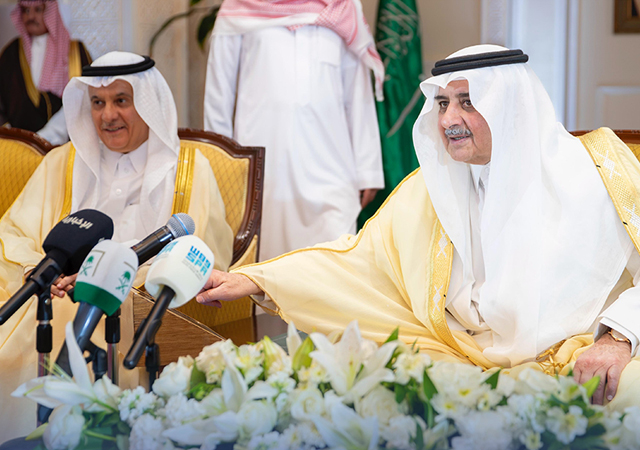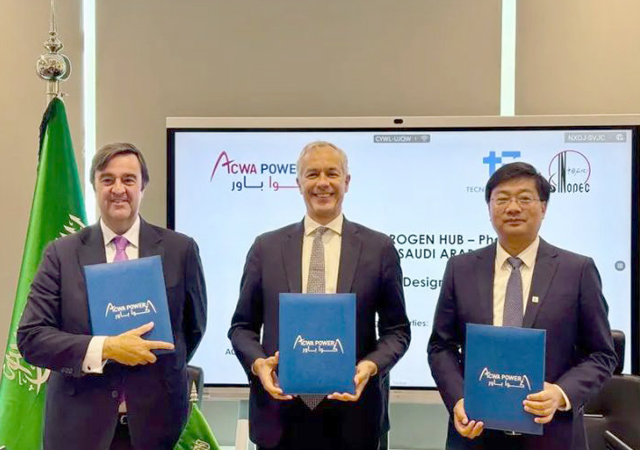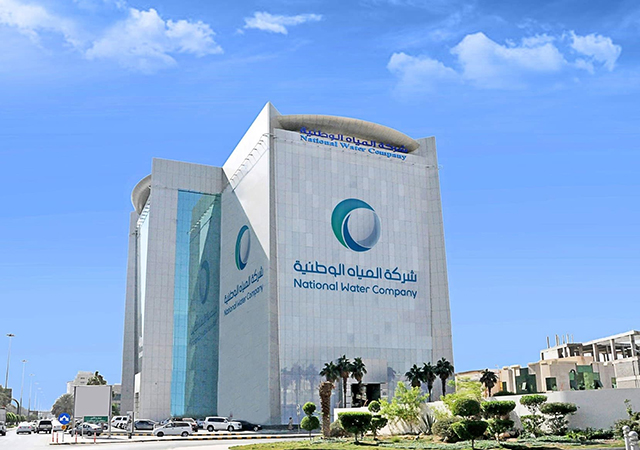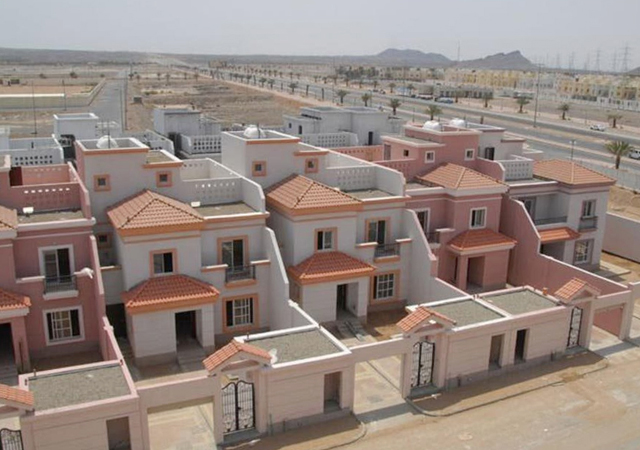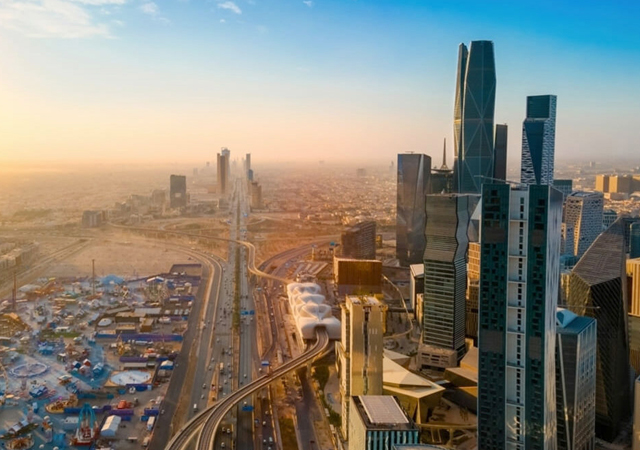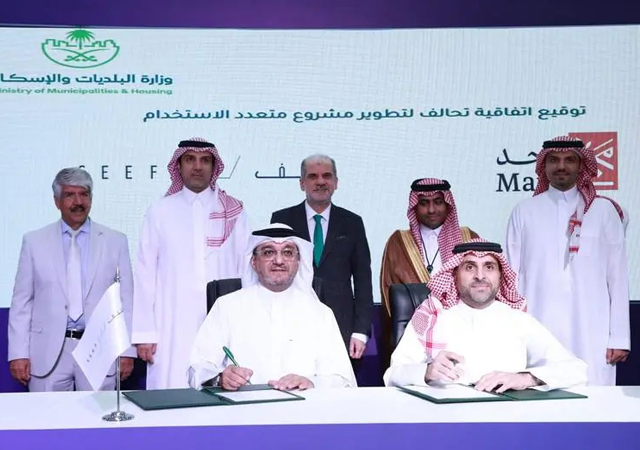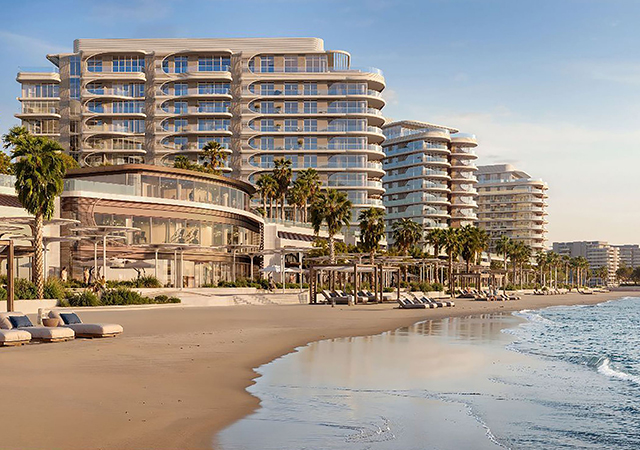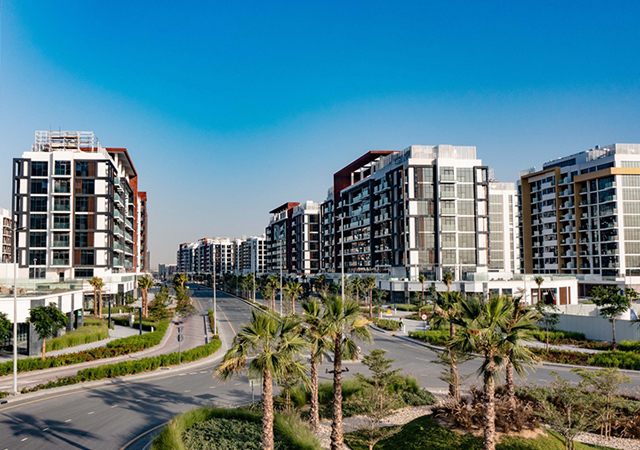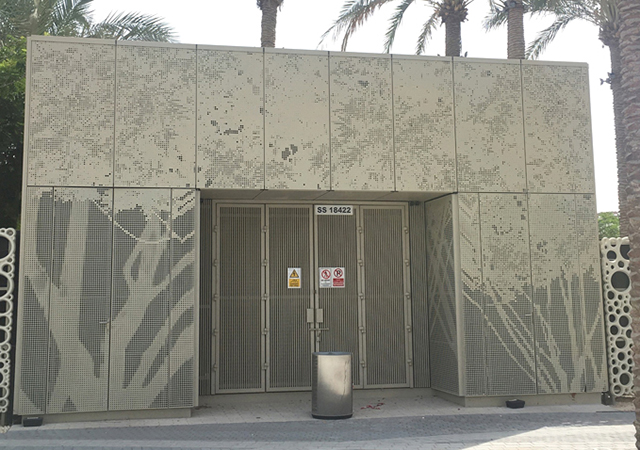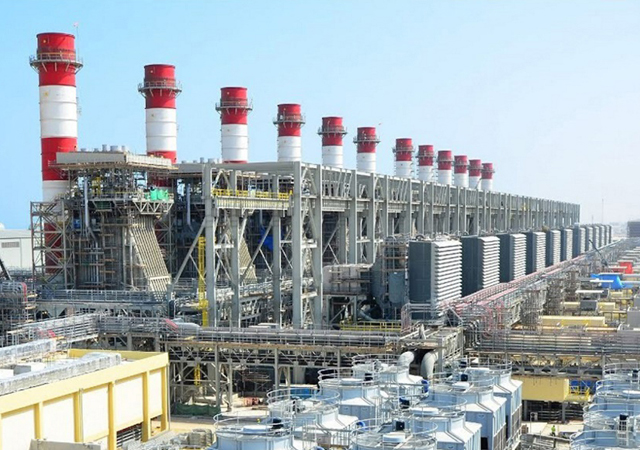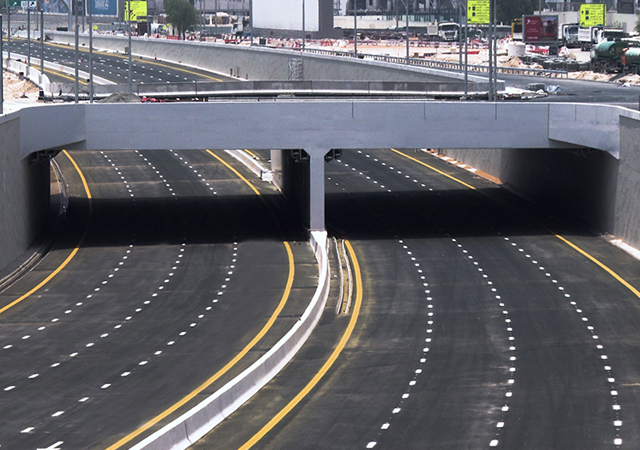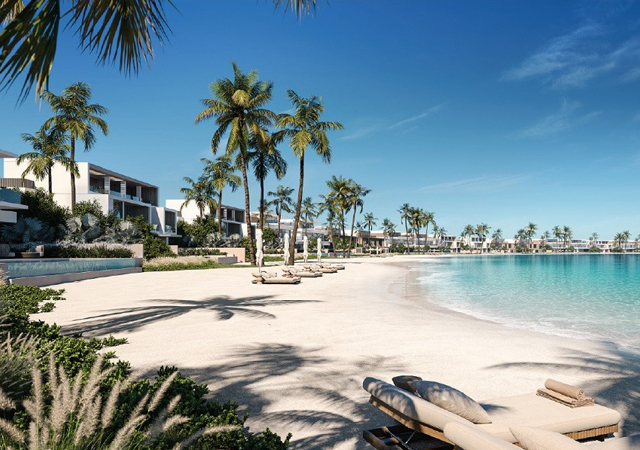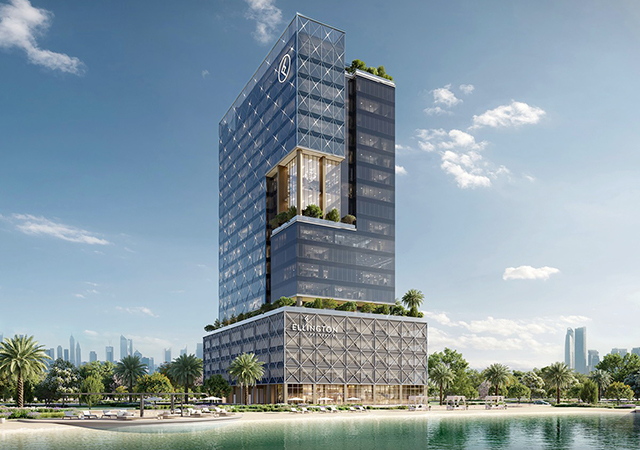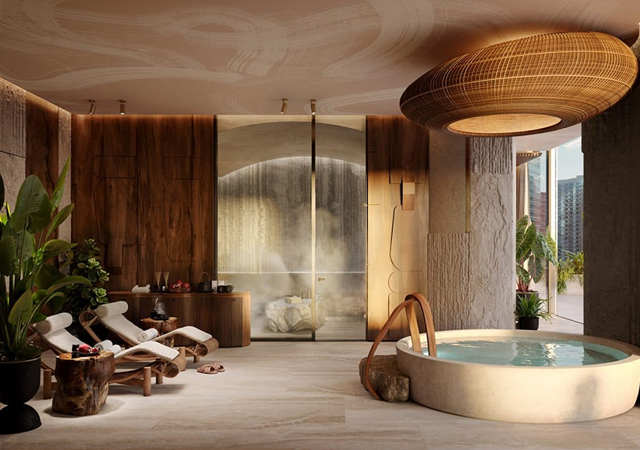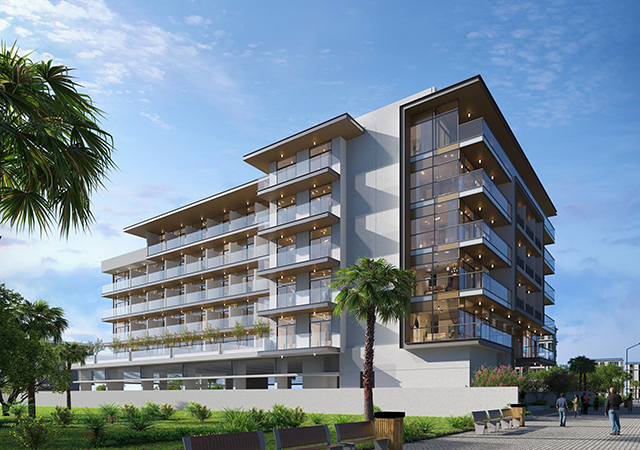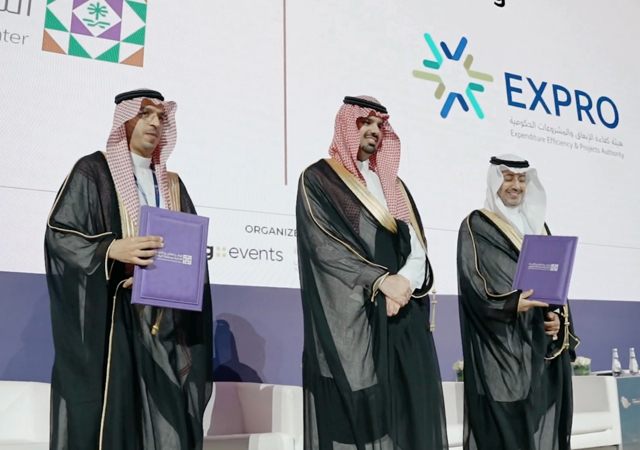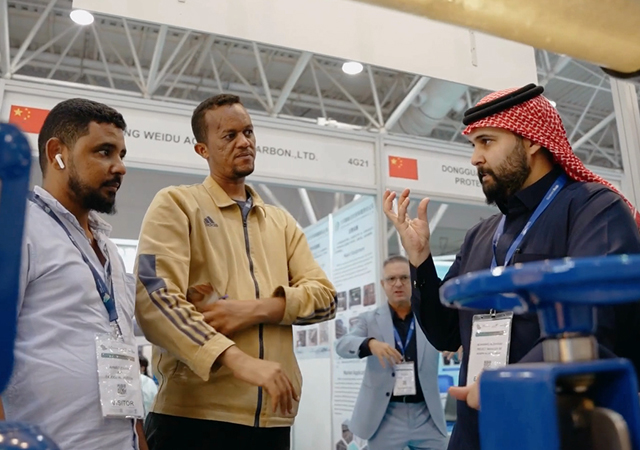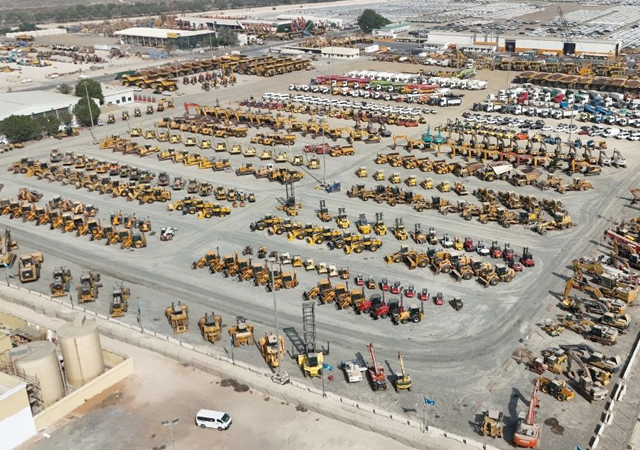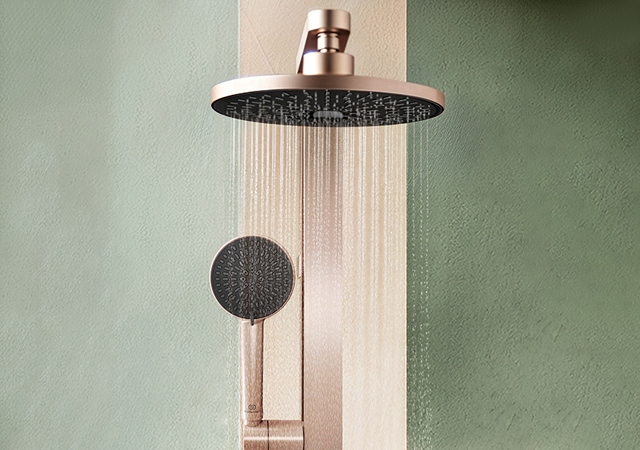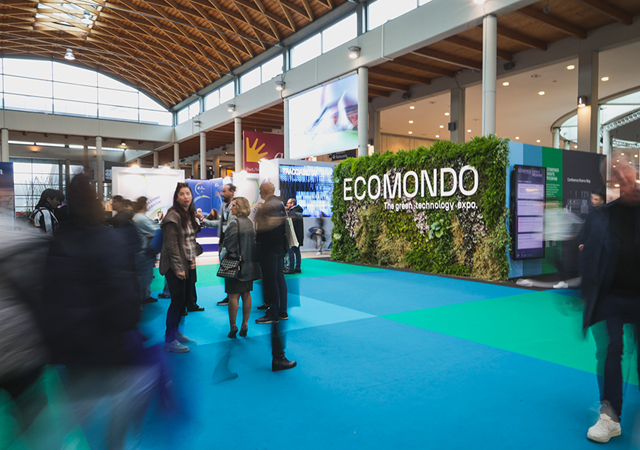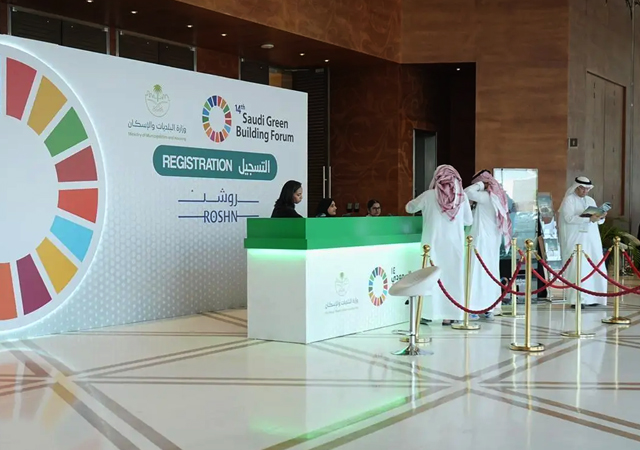
 Badami ... products meet international standards.
Badami ... products meet international standards.
AL Muqarram Industry (AMI) said its Fire Stop sealant system has now been certified by IFC Certification, a UKAS-accredited and internationally recognised provider of high-quality, customer-focused independent third-party certification.
“The certification endorses that the products manufactured by Al Muqarram Industry satisfies the requirements of IFCC scheme SDP14,” said Safdar Badami, managing director of the Sharjah-based company, which is one of the UAE’s leading manufacturers of high-quality industrial silicone sealants and pressure-sensitive adhesive tapes.
Fire Stop, a four-hour fire-rated silicone sealant with F-rating (flame), T-rating (thermal) and L-rating (smoke), can resist fire up to 750 deg C. This high-performance sealant has a low volatile organic compounds (VOC) content and low methyl ethyl ketoxime (meko) odour. It has been formulated to seal through-penetrations, ducting and openings in walls and floors to ensure fire-resistant construction.
It meets all the requirements of the European standards EN1366, EN13501 and 1366-4; British Standards-476 part B; and American Standards ASTM E 814.
“The IFC certification entailed the testing of samples and products, the inspection of the factory production control and continuing surveillance audit,” he added.
IFC ratings for fire stop and joint systems are based on the specific characteristics of each material or system, which are rated as ‘F’ for the passage of flame; ‘T’ for fire and temperature; ‘L’ for the amount of air and smoke leakage; and ‘W’ for water resistance. IFC simplifies product certification by offering manufacturers of fire stop materials and systems and joint systems a comprehensive, single-source evaluation and rating programme.
The major component of the three-product AMI Fire Stop sealant system is the fire stop sealant, which is installed by degreasing surfaces of the linear gap with AMI cleaner; inserting backing material into the gap to a specified depth on both faces of the wall or floor, and applying the sealant to finish flush with the face of concrete, blockwork or masonry; and then smoothing the surfaces with AMI finish.
Elaborating on the applications of the system, Badami said: “Through-penetration fire stop systems are intended to restore the hourly rating of fire-resistive assemblies that have been breached due to penetration by electrical, plumbing or mechanical items. Joint systems are used to prevent fire from spreading through linear openings between or within fire-resistive floor and wall assemblies.
“The proper use of certified products and systems help builders and code authorities to achieve safe, code-compliant installations.”
Fire stopping products are expected to deliver reliable performance when used to seal gaps resulting from penetrations through fire-resistance-rated floor and roof construction and through smoke barriers and construction enclosing compartmentalised areas; and as sealant joints in fire-rated construction.
They are produced and installed to resist the spread of fire and the passage of smoke and other gases in compliance with the stipulated code.
Meanwhile, AMI also offers its MS sealant, which comprises environment-friendly, polysulphide sealants and structural glazing alkoxy silicone sealants.
MS sealants were developed to solve some of the bleeding and staining that occur with highly plasticised sealants. The well-balanced properties of MS sealants boost their versatility and make them suitable for a wide range of applications, hence their increasing popularity, said Badami. Some of the key properties of AMI’s MS sealants are environment friendliness (solvent-free and isocyanate-free); low temperature gunnability as the viscosity of MS sealants is less dependent on temperature changes; storage stability with excellent shelf life although the sealant must be protected from moisture; weather resistance and durability as these sealants have shown no cracking, splitting, discoloration or adhesion failure after seven years of testing in a desert climate; stain resistance; paintability, and good adhesion to various substrates including metals, plastics, wood, and ceramics.






